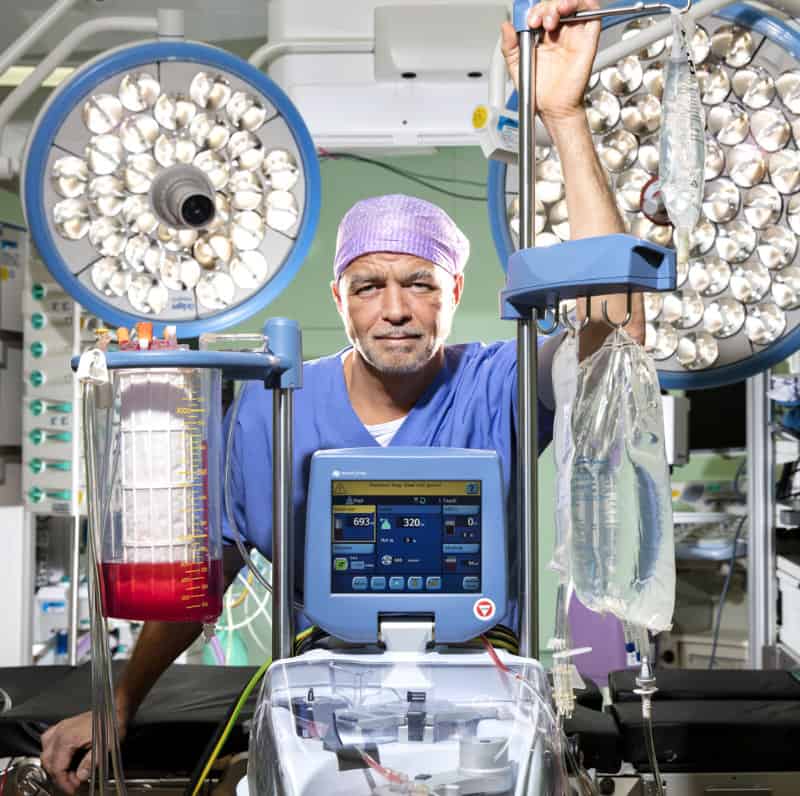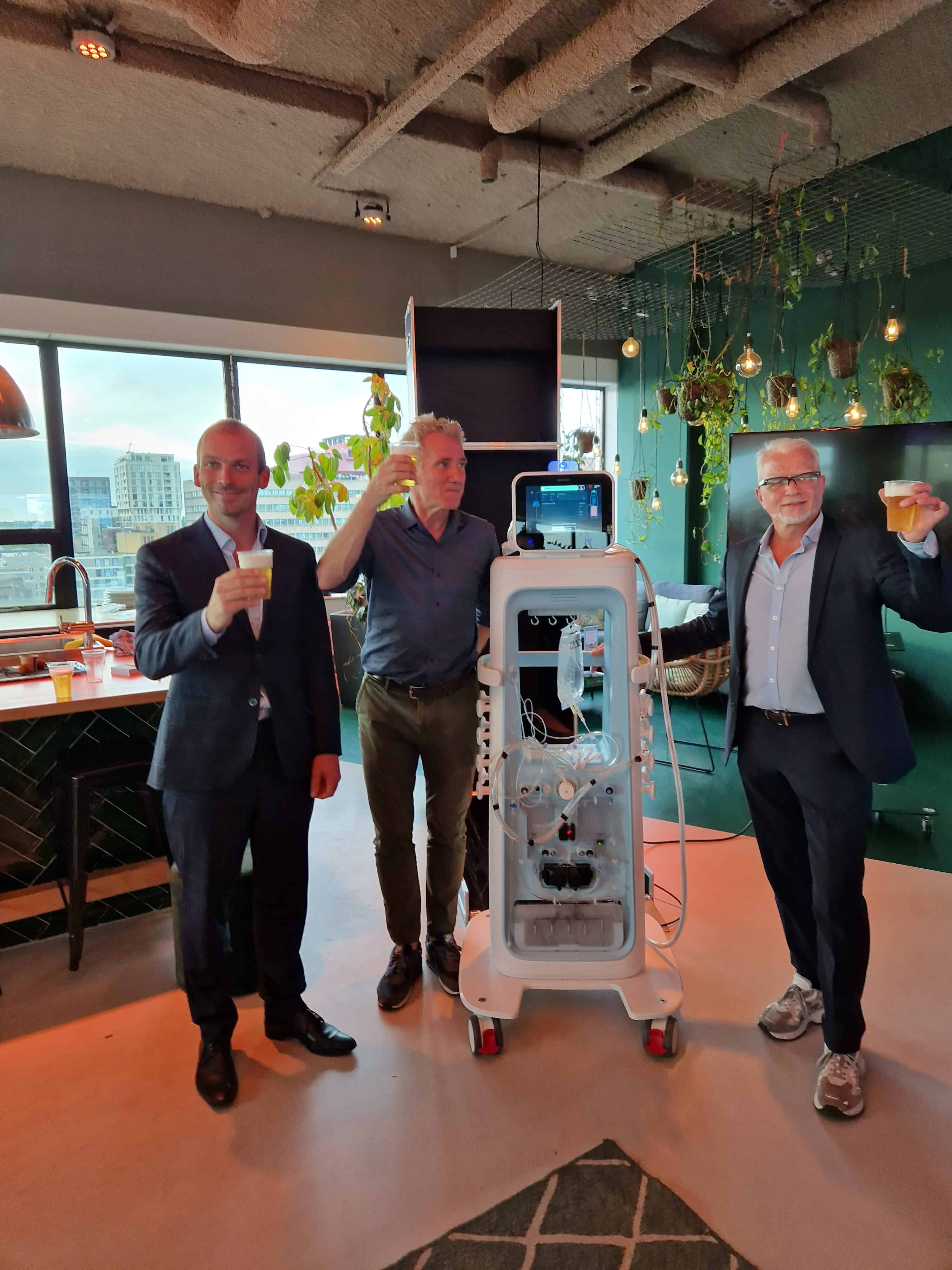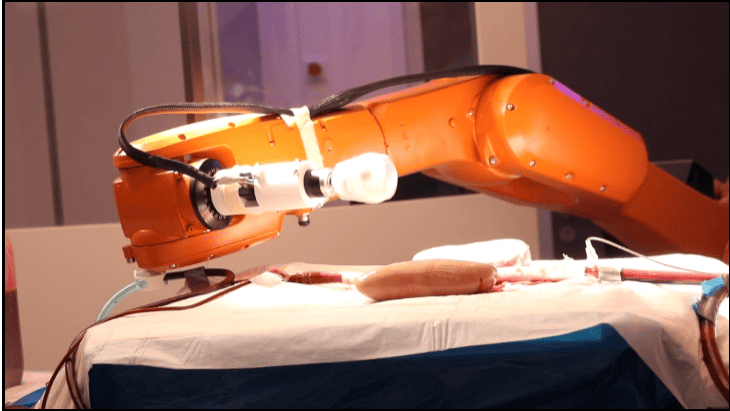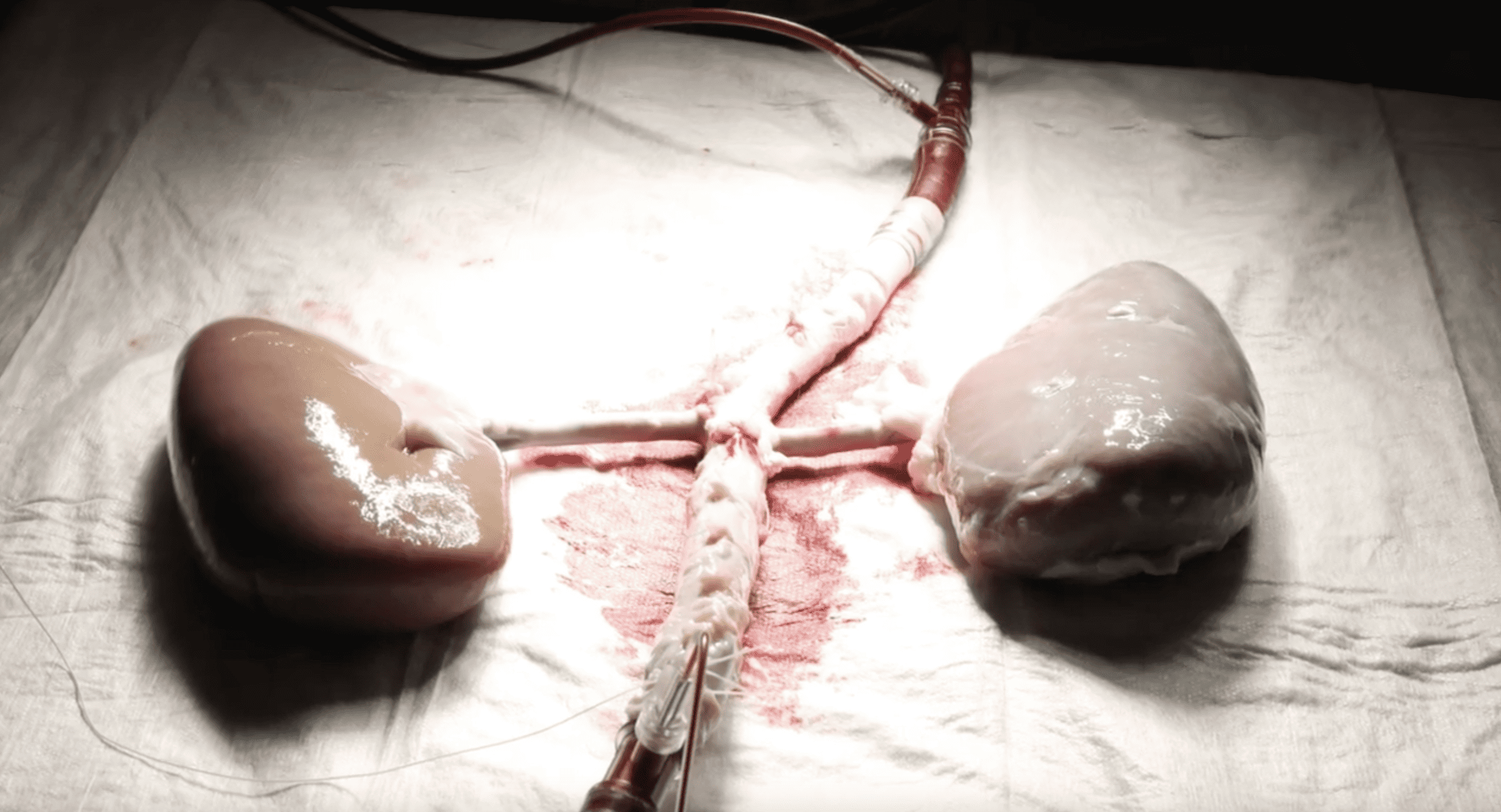
Postoperative complications from heart surgery are the reason for 250 deaths worldwide every day. Residual blood and clots in the pericardial cavity cause complications – such as tamponade – which need a second operation to be dealt with. A simple yet effective idea by a Dutch heart surgeon aims to solve this problem. The intuition became Haermonics, a start-up that is now further developing the idea to bring to the market an effective device.
Dr. David R. Koolbergen is the man behind this idea. Being a heart surgeon at Amsterdam University Medical Centre, he felt the necessity of a modern drainage system since conventional drain systems often get blocked with blood clots.
“After closing the wound, the chest cavity keeps bleeding, and this blood causes complications. A drain needs to be in place,” explains Luc Koch, Chief Technical Officer at Haermonics. “If drains are occluded, and the patient is still bleeding, the pericardial space – all around the cardiac organ – fills up. As a result, the heart can’t perform its function at its best. To solve this complication, the patient’s chest is reopened again, a life-saving yet burdensome intervention, as those who undergo open-heart surgery are very fragile.”
To prepare them for the operation, patients endure a preparation process, which also entails taking anticoagulant medications. However, they make the patient’s circulatory system unstable. What Haermonics strives for is preventing all these complications from happening.
Continuous flushing avoids complications
“In his long years of experience, our founder learned that when reopening the chest cavity, the only thing to do was to clean it with warm saline water. Nothing more than flushing is needed. After cleaning, the bleeding stops in most cases as the coagulation mechanism of the blood starts functioning properly again,” says Koch.
The drainage system Haermonics is developing doesn’t differ much from Koolbergen’s idea. It is made of a small tube that flushes the pericardial space with warm saline. The drains are still the same. They are connected from the chest cavity to a canister and linked up to a vacuum system. This way – right after the surgery – continuous flushing is applied to the patient.

Luc Koch
Chief Technical Officer at Haermonics
Being a mechanical engineer by training, he has years of experience in developing medical devices.
Koolbergen carried out two trials, discovering that, by starting cleansing slowly – immediately after surgery – drains never block. “He studied two groups of patients. The first one used the flushing system, the second didn’t. No reoperations were necessary for the first cluster, which also experienced significantly fewer blood loss,” Koch adds.
Therefore, the whole design was patented, and Haermonics was founded.

Autonomous flushing system
To further develop the concept, Haermonics found a partner in Demcon, drawing from its engineering expertise. As more tests are carried out in several hospitals, more aspects to focus on come to the fore.
“One challenge care personnel faces when manual flushing is measuring the exact amount of blood lost. Since what comes out is a mix of blood and saline water, it’s hard to establish,” points out Peter van den Oever, system engineer at Demcon.
As of today, the nurse has to check every 15 minutes the canister where the fluid is collected. Knowing how much blood has been lost is topical for the surgeon. In the event of a large blood loss, the doctor might need to prepare for a second operation.
“The current device can do that by getting the percentage of blood within the fluid. What’s more, is that it does it autonomously. Our drain only needs to be prepared, then it runs automatically,” highlights van den Oever.

Peter van den Oever
Systems engineer at Demcon
He’s a senior engineer responsible for technical choices in medical device development.
Preventing external complications
The Haermonics drainage system can work for several hours in a row, reducing nurses’ workload and preventing potential bottlenecks. Normally, complications happen within the first 8 hours after the surgery. This means that they might manifest when the surgeon has left the hospital already. If a reoperation is needed, the doctor who executed the first surgery usually takes care of the second one too. Time is always a concern, and the Haermonics’ device aims to prevent such situations.
Practicalities matter
In addition to all the standards the final product has to comply with, practicalities need to be taken into account too. Koch: “An example is when the patient is transported from the operating room to the intensive care unit. The drainage system is connected to the patient, it needs to be mobile. Furthermore, we are learning from the trials that hospitals have different beds, different hallways, and how things are placed in the operating room changes from hospital to hospital.“
In such precarious work settings, even a tube’s position matters. “Making it comfortable for the personnel is one of the keys to creating a successful product. Surgeons need to see the benefits of the treatment, but the device has to be easy to use. It needs to be state of the art or an improvement for the ICU staff,” van den Oever underlines.


Making it reliable
Reducing the medical staff’s workload is one of the advantages the team aims to achieve. Considering that the device is for patients experiencing critical conditions, reliability has to be high too.
Van den Oever: “Measurement aspects – blood loss and pressure – is the most important. Since it is operated in a critical environment, distinguishing between life-critical functions and non-critical ones is also important. All these aspects improve trust and reliability.”
To this extent, the investigational phase the team is currently in gives elements that will come in handy in the decision-making process. All kinds of input are being gathered and will shape the final version of the drainage system.

Warning before tamponade happens
Haermonics plans to launch its device by 2024. Looking ahead, Koch suggests that the more data will be collected, the more functions could be implemented. “As engineers, we think we can predict a tamponade from coming up. But that might be a claim we’ll be able to make in a couple of years’ time because we need to validate such an assumption. “I think that is the final goal, but we first have to bring a safe and reliable device to the market to start helping patients,” van den Oever concludes.
In the main picture: Dr. David R. Koolbergen








